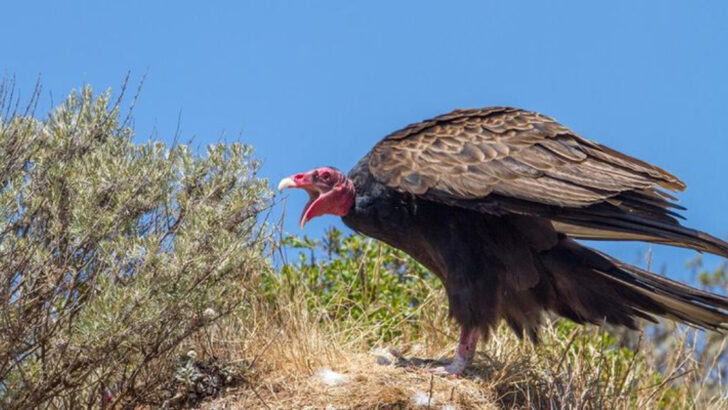Pinnacles National Park, nestled in California, is a haven for wildlife enthusiasts.
The park’s diverse ecosystem is home to a wide array of animals, each contributing to the delicate balance of nature.
From mammals to birds and reptiles, each creature plays a unique role in maintaining the park’s ecological health.
Visitors to Pinnacles can witness these animals in their natural habitat, providing a glimpse into the remarkable biodiversity that the park supports.
This list highlights 15 animals that thrive in this unique environment, showcasing the park’s rich natural heritage and the importance of conservation efforts.
California Condor
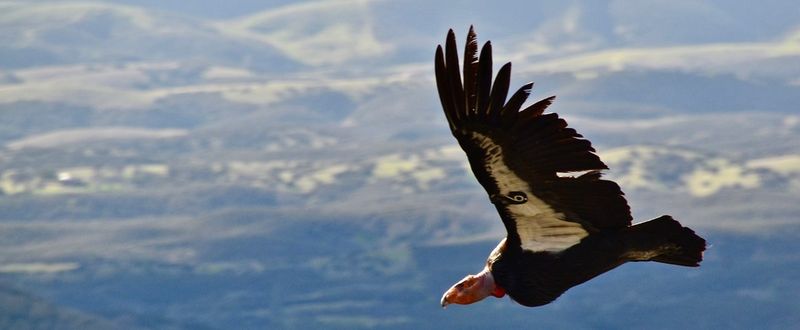
The California Condor, with its impressive wingspan, reigns supreme in the skies over Pinnacles National Park. Once on the brink of extinction, this majestic bird has made a remarkable comeback thanks to dedicated conservation efforts.
Visitors to the park can often spot these magnificent creatures soaring gracefully over the rocky terrain, a symbol of hope and resilience.
With a wingspan that can reach up to nine and a half feet, the California Condor is North America’s largest land bird. These scavengers play a vital role in the ecosystem by cleaning up carrion, helping to prevent disease spread.
Pinnacles Bear Gulch Cave Bat
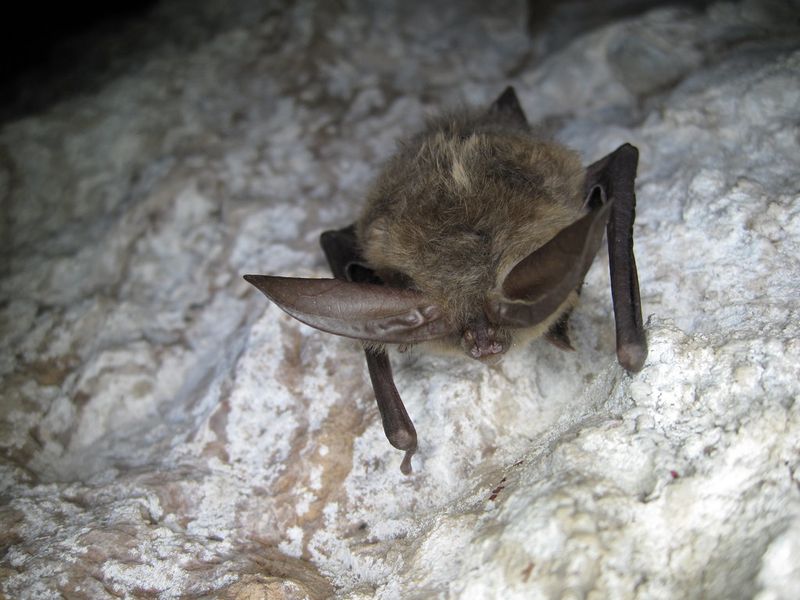
Hidden within the crevices of the Bear Gulch Cave, the Pinnacles Bear Gulch Cave Bat thrives in its shadowy refuge. This small, elusive bat is a master of the night, navigating its dark surroundings with unmatched precision. Its presence is critical for insect control, making it an unsung hero of the park’s ecosystem.
Emerging at dusk, these bats embark on nightly excursions, skillfully hunting insects that buzz through the air. Their keen echolocation skills allow them to maneuver swiftly and capture prey. These nocturnal creatures are a testament to the diversity and complexity of the park’s wildlife.
Bobcat
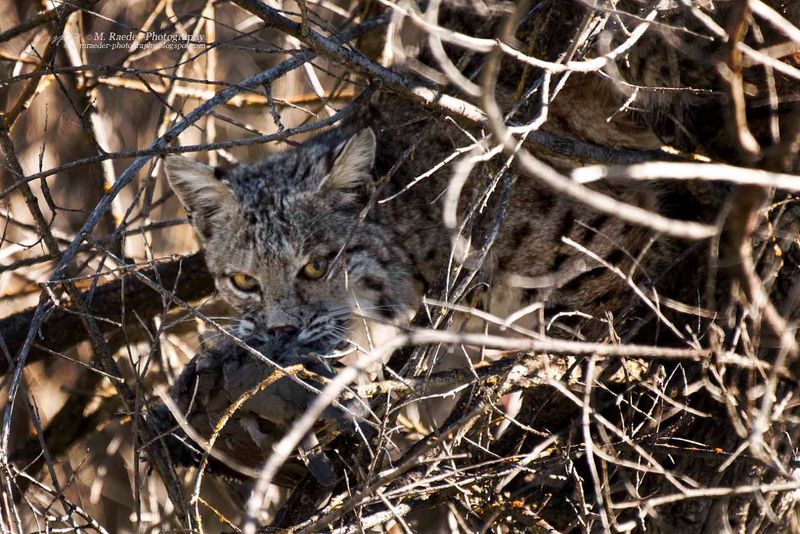
The bobcat, with its keen senses and agile movements, is a frequent yet elusive resident of Pinnacles National Park. This solitary feline roams the grasslands and woodlands, its tufted ears listening intently for the slightest rustle of prey.
A master of stealth, the bobcat can often be seen at dawn or dusk when it emerges to hunt. Its diet includes rabbits, birds, and other small mammals, playing a crucial role in maintaining balance within the ecosystem. The bobcat’s presence is a reminder of the park’s wild and untamed beauty.
Western Rattlesnake
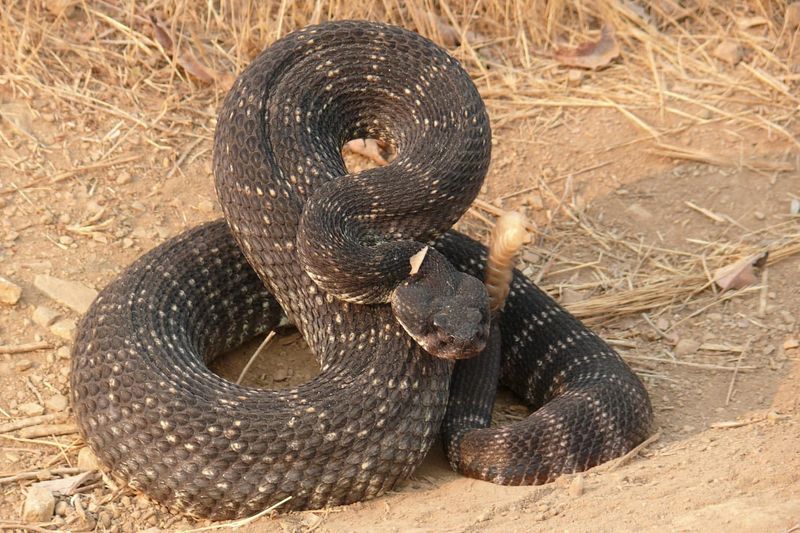
With its distinctive rattle and patterned skin, the Western Rattlesnake commands attention as it basks in the sun at Pinnacles National Park. This reptile, often misunderstood, is essential for controlling the park’s rodent population.
Their venomous bite is a defense mechanism rather than an offensive weapon, used primarily to immobilize prey. Visitors are advised to maintain a respectful distance, appreciating these snakes from afar. The Western Rattlesnake’s presence exemplifies the intricate web of life that thrives within the park, each species contributing to the ecological balance.
American Badger
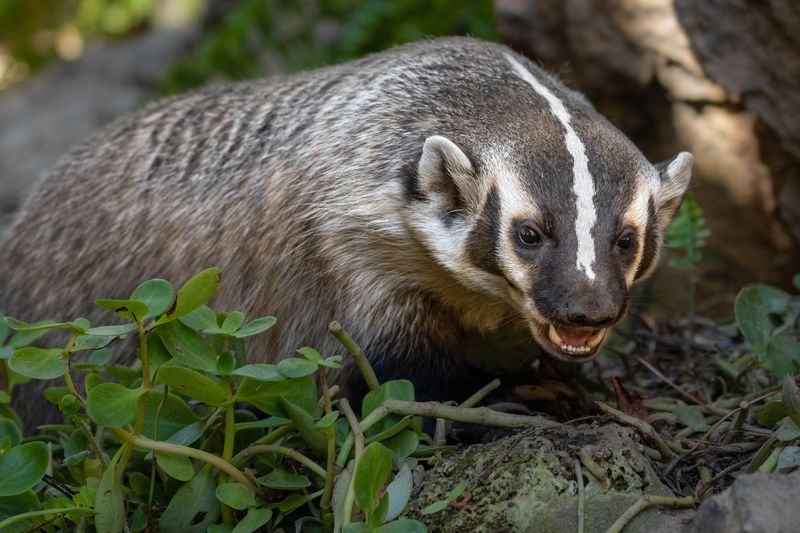
With a tenacious spirit and powerful claws, the American Badger is a formidable digger found within Pinnacles National Park. This solitary creature is usually seen in open areas where it hunts for small mammals, digging burrows with remarkable speed.
The badger’s presence is vital for aerating the soil and controlling rodent populations, indirectly supporting other plant and animal life. These fierce yet fascinating animals are a testament to the park’s commitment to preserving predator-prey dynamics. Observing a badger at work is a thrilling reminder of nature’s raw and untamed energy.
Golden Eagle
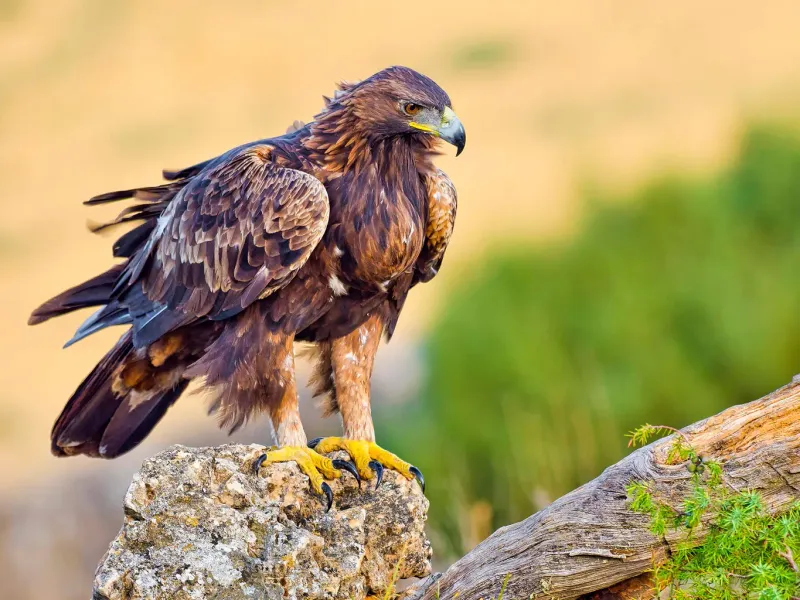
The Golden Eagle, with its piercing gaze and powerful flight, reigns supreme in the skies over Pinnacles National Park. This apex predator commands respect and awe, often seen soaring high above the rugged landscape in search of prey.
Known for their incredible speed and hunting prowess, Golden Eagles primarily feed on small mammals and birds. Their presence is a testament to the park’s thriving ecosystem, where apex predators play a crucial role in the food chain. Spotting a Golden Eagle is a highlight for visitors, offering a glimpse into the majestic beauty of the natural world.
Mountain Lion
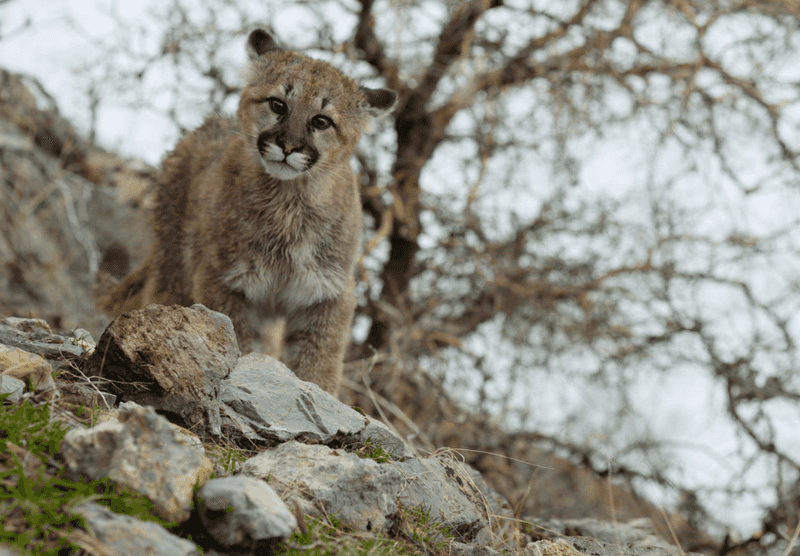
Silent and powerful, the Mountain Lion embodies the wild essence of Pinnacles National Park. As an apex predator, its role in the ecosystem is critical, helping to maintain a balance of prey species.
Rarely seen by visitors due to its elusive nature, the Mountain Lion captures the imagination with stories of its stealth and strength. Its diet mainly consists of deer, but it will also hunt smaller animals if necessary. Encounters with this majestic cat are rare, making its presence all the more mysterious and captivating.
California Red-legged Frog
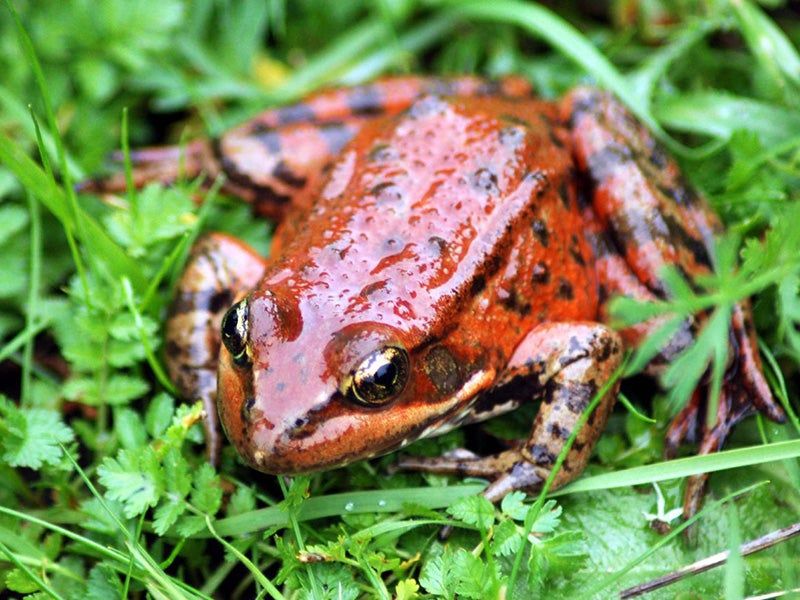
The California Red-legged Frog, with its striking red hind legs, is a celebrated resident of Pinnacles National Park. As a species of special concern, its presence symbolizes successful conservation efforts and the restoration of natural habitats.
These amphibians thrive in the park’s waterways, where they play a crucial role in the food web. Their diet includes insects and small invertebrates, keeping pest populations in check. The frog’s survival story is one of resilience and adaptation, highlighting the importance of preserving wetland environments for future generations.
Turkey Vulture
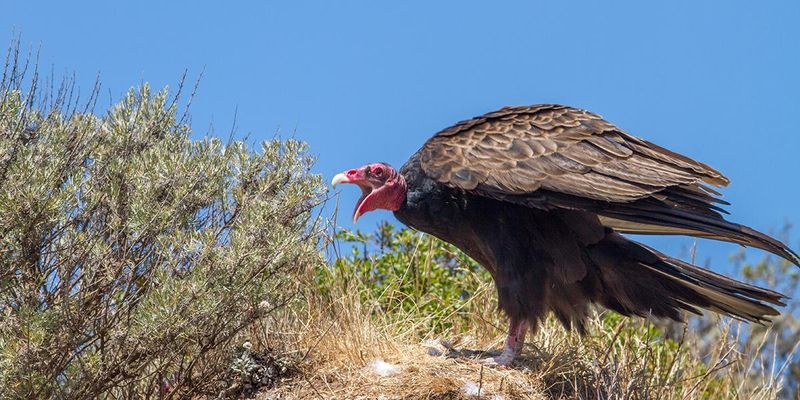
Gracefully riding thermal currents, the Turkey Vulture is a familiar sight above Pinnacles National Park. With its distinctive red head and wide wingspan, this scavenger plays a vital role in the ecosystem by consuming carrion.
Despite its less-than-glamorous feeding habits, the Turkey Vulture is a crucial cleaner of the environment, preventing the spread of disease. Its keen sense of smell allows it to locate food from great distances. Observing these birds in flight, one can appreciate their effortless glide and essential role in nature’s cycle of life and death.
Mule Deer
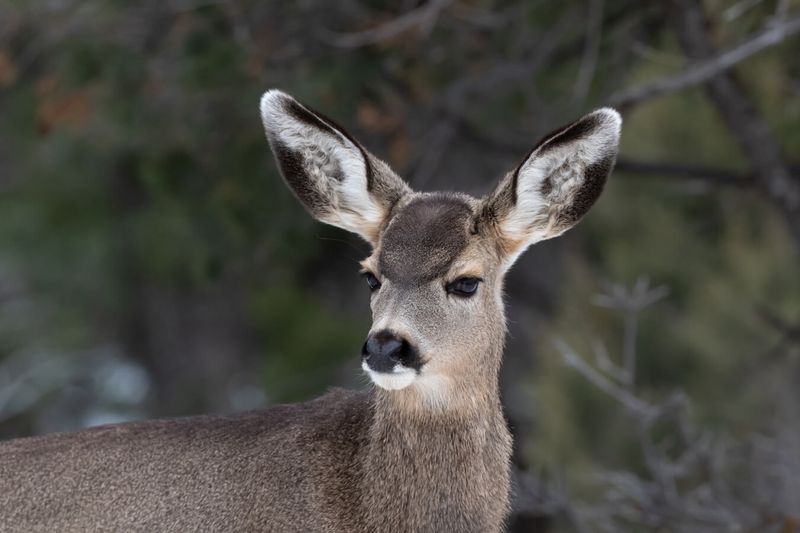
With their large, expressive ears and gentle demeanor, Mule Deer gracefully navigate the meadows and woodlands of Pinnacles National Park. These herbivores are often seen grazing in open areas, contributing to the ecosystem by shaping plant communities.
Mule Deer are a vital part of the food chain, serving as prey for predators like Mountain Lions and Coyotes. Their presence indicates a healthy ecosystem, where predator-prey relationships are balanced. Spotting these serene animals in their natural habitat is a memorable experience for park visitors.
Acorn Woodpecker
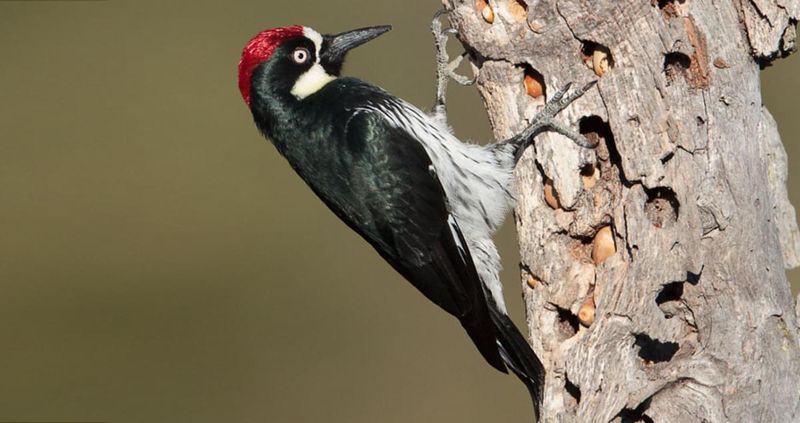
The Acorn Woodpecker, with its bright plumage and unique behavior, brings life to the forests of Pinnacles National Park. Known for storing acorns in tree trunks, these birds exhibit fascinating social structures and cooperative breeding practices.
Their drumming can often be heard echoing through the park, a testament to their industrious nature. Acorn Woodpeckers play a crucial role in forest ecosystems by controlling insect populations and aiding in seed dispersal. Their vibrant presence adds color and charm to the park’s diverse wildlife community.
Gray Fox
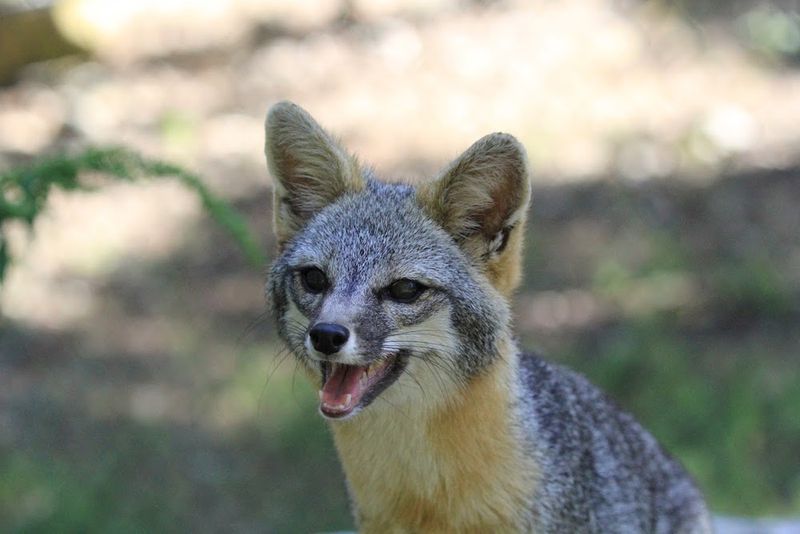
The Gray Fox, noted for its adaptability and cunning, thrives within the diverse habitats of Pinnacles National Park. With its distinctive gray coat and bushy tail, this clever carnivore is often seen at the edge of forests, blending seamlessly with its surroundings.
Known for their climbing abilities, Gray Foxes can often be found in trees, a trait that sets them apart from other canids. Their diet includes small mammals, birds, and fruits, showcasing their opportunistic nature. Spotting a Gray Fox is a delight, as they epitomize the resourcefulness of wildlife.
Great Horned Owl
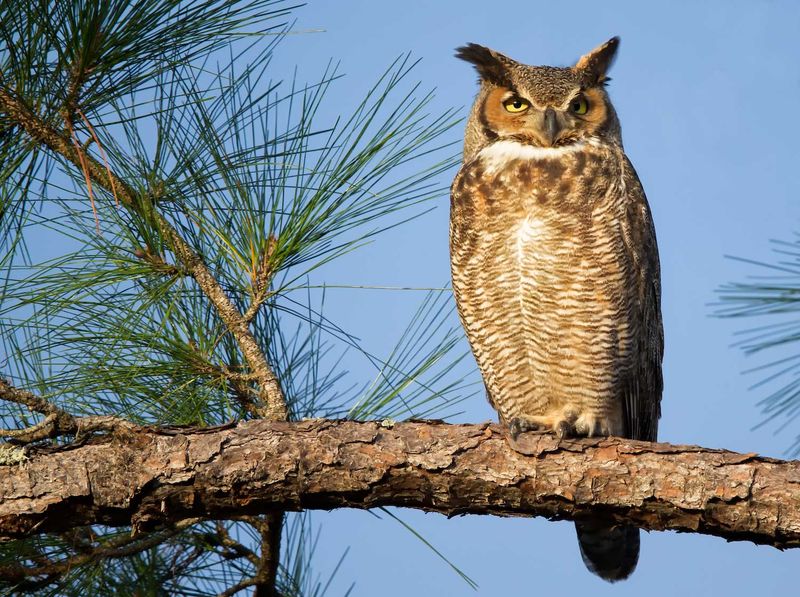
With its haunting call and striking appearance, the Great Horned Owl rules the night skies over Pinnacles National Park. This nocturnal predator is known for its silent flight and powerful talons, making it an efficient hunter.
Great Horned Owls prey on a variety of animals, including rodents and small mammals, maintaining balance within the ecosystem. Their presence is a vital indicator of the park’s health, as they require large territories and abundant food sources. Observing this majestic owl is a thrilling experience, connecting visitors to the mysteries of the night.
Western Bluebird
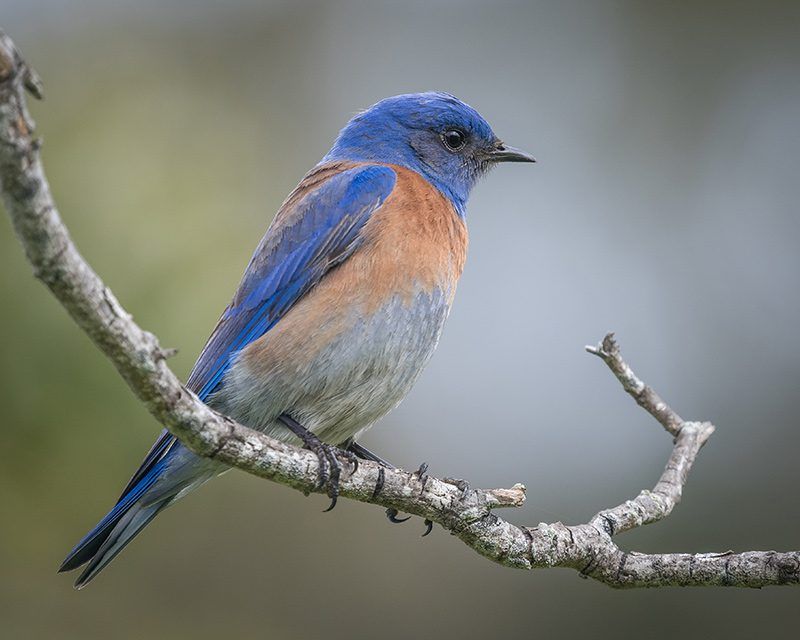
The Western Bluebird, with its vibrant blue and orange plumage, adds a splash of color to Pinnacles National Park. These cheerful songbirds are often seen flitting between trees and meadows, bringing joy to birdwatchers.
Western Bluebirds are cavity nesters, relying on old woodpecker holes or man-made nest boxes for breeding. Their diet consists mainly of insects and berries, playing a role in controlling pest populations. The presence of these birds is a testament to the park’s healthy and diverse habitats, where wildlife can thrive.
Brush Rabbit
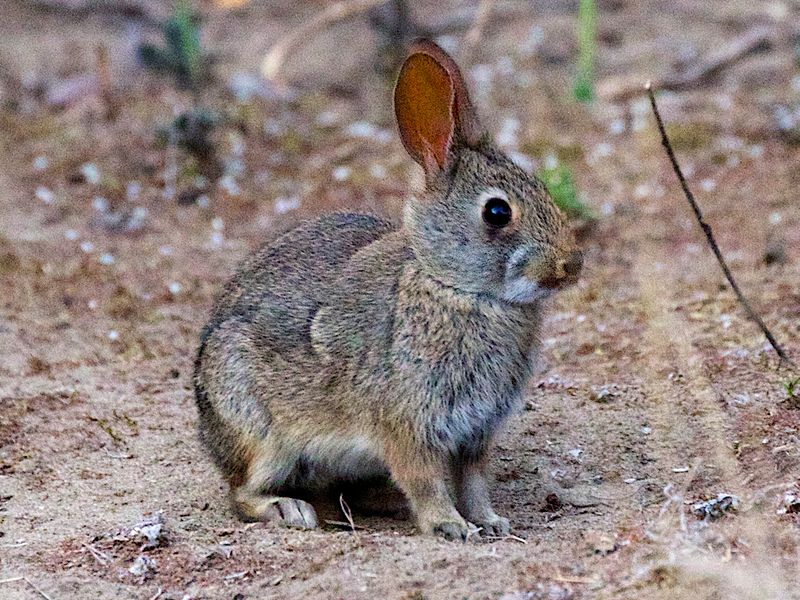
The Brush Rabbit, with its soft fur and gentle demeanor, is a charming resident of Pinnacles National Park. These small mammals can be seen darting through underbrush and meadows, always alert to potential danger.
Their diet consists of grasses and shrubs, contributing to the park’s plant diversity by aiding in seed dispersal. As prey for various predators, including birds of prey and carnivorous mammals, Brush Rabbits play a critical role in the food web. Their presence is a comforting reminder of the park’s vibrant and interconnected ecosystem.

